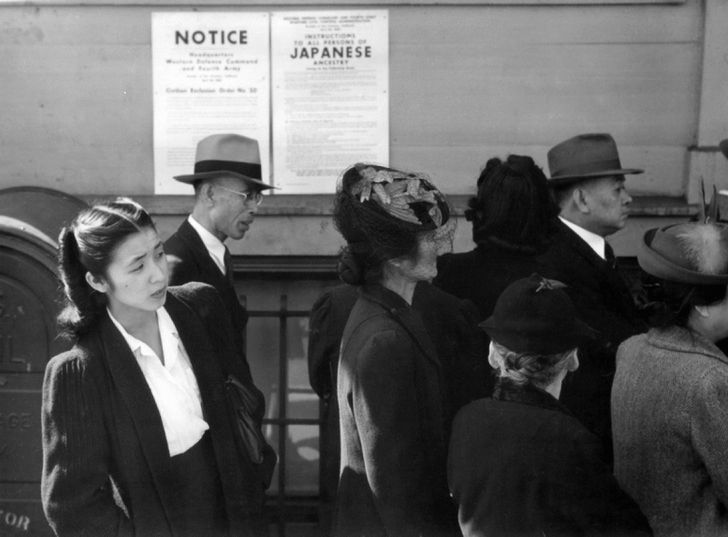They are often used as decorations in gardens or indoor spaces. Topiaries can be made from a variety of plants, but the most common type is made from boxwood shrubs.
Topiaries are typically created using one of two methods: either by training the plant into the desired shape using wires or by clipping the plant into the desired shape. The former method is more commonly used for larger topiaries, while the latter is better suited for smaller topiaries.
The purpose of a topiary is to add visual interest to a space. They can be used to create focal points, add structure to a garden, or simply break up large expanses of green space. Topiaries can be as simple or as elaborate as the gardener desires.
How do you care for a topiary and how often should it be trimmed/watered/fed/etc.?
Caring for topiary trees is relatively simple. They should be watered regularly, especially during hot weather. Topiaries may also need to be fertilised periodically to ensure that they stay healthy and continue to grow.
Trimming is the most important part of caring for a topiary. Topiaries should be trimmed every few weeks to maintain their shape. The amount of trimming will depend on the type of plant used and the desired shape of the topiary. Boxwood shrubs, for example, require more frequent trimming than other types of plants.
If you're not sure how to care for your topiary, consult with a local landscaper or gardener. They will be able to give you specific advice based on the type of topiary you have.
What types of plants are best suited for topiary-making, and why?
A variety of plants can be used to create topiaries. The most common type is made from boxwood shrubs. Boxwoods are a popular choice because they are easy to trim and maintain their shape well. Other good choices for topiary-making include holly, myrtle, and yew.
When choosing a plant for your topiary, it's important to consider the size and shape of the plant. You'll also want to make sure that the plant is suitable for the climate in which you live. Boxwoods, for example, do not do well in cold climates.
What are some popular designs for topiaries, and where can they be used in the home or garden?
There are a variety of popular designs for topiaries. Some common designs include spheres, cones, animals, and geometric shapes. Topiaries can be used in both the home and garden. They are often used as decorations in gardens or indoor spaces.
Topiary balls are a type of garden decoration made from clipped shrubs or trees. They are typically spherical or globular in shape, and can be either free-standing or attached to a wall or other structure. Topiary balls are often used as accent pieces in gardens, and can add a touch of whimsy or elegance to any outdoor space.
Topiary plants can be as simple or as elaborate as the gardener desires. It's important to choose a design that is appropriate for the size and shape of the plant you're using. For example, a large topiary sphere might look out of place in a small garden. Likewise, a small topiary animal would be lost in a large garden space.
When choosing a topiary design, it's also important to consider where you will be placing it. Some topiaries are better suited for indoor spaces, while others are better suited for outdoor spaces. Choose a design that fits the space you have available. Topiary frames can be made from chicken wire, metal or wood.
Are there any risks associated with having a topiary in your yard or home, and if so, what are they?
There are a few risks associated with having a topiary in your yard or home. If the topiary is not properly cared for, it can become overgrown and pose a risk to people and property. Topiaries can also attract pests such as aphids, mealybugs, and scale insects. These pests can damage the plant and make it more difficult to maintain its shape.
To avoid these risks, be sure to consult with a local landscaper or gardener before adding a topiary to your yard or home. They will be able to give you specific advice on how to care for the plant and avoid any potential problems.
How much does a topiary cost to buy or make, and is it worth the investment?
The cost of a topiary will vary depending on the size and type of plant used. Ball-shaped topiaries, for example, typically cost more than cone-shaped topiaries. The cost of the plant is only one factor to consider when deciding whether or not to add a topiary to your home or garden. You'll also need to factor in the cost of trimming and maintaining the plant.
In general, topiaries are a relatively low-maintenance way to add interest and structure to your garden. They can be an affordable way to make a big impact in small spaces. If you're willing to put in the time to care for the plant, a topiary can be a worthwhile investment.
Topiaries are a type of plant that can be used to create a variety of shapes and designs. They are a popular choice for gardens and indoor spaces because they are easy to care for and add interest to the space. Topiaries can be made from a variety of plants, but boxwoods are the most common type. Before adding a topiary to your home or garden, be sure to consult with a local landscaper near me or gardener to get specific advice on care and placement.




 Going to the cinema alone is good for your mental health, says science
Going to the cinema alone is good for your mental health, says science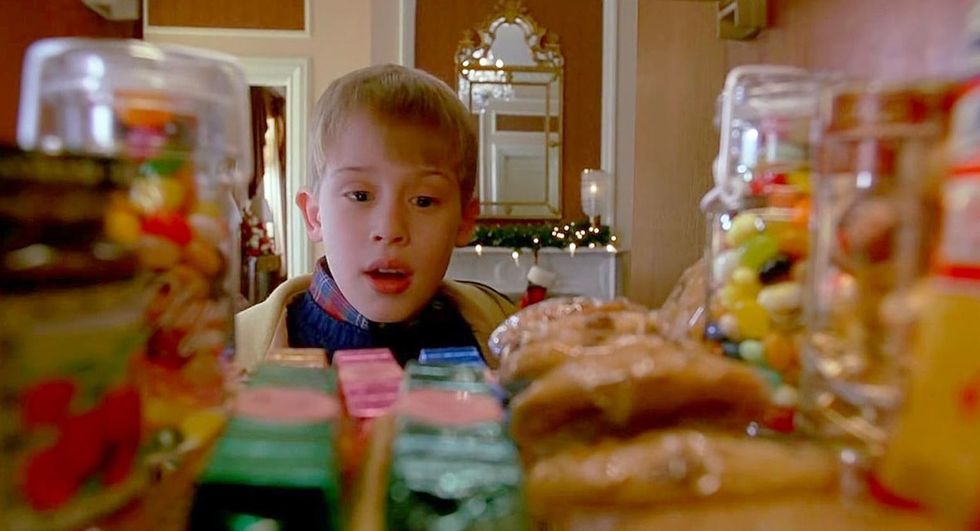









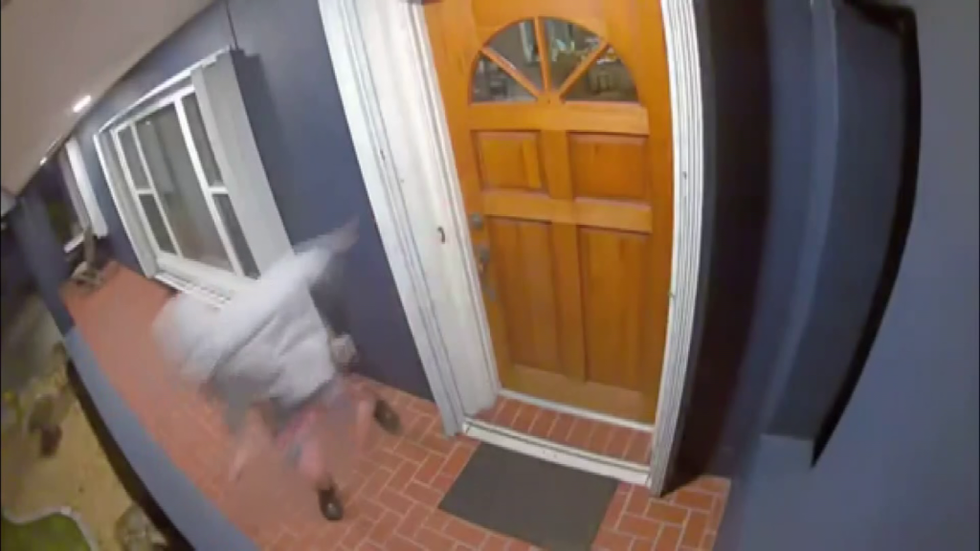


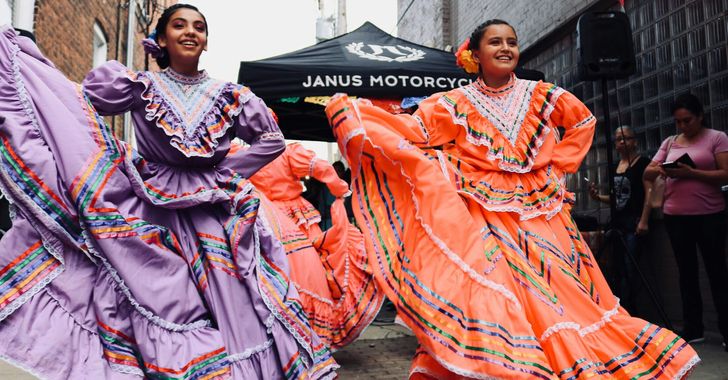 women in street dancing
Photo by
women in street dancing
Photo by  man and woman standing in front of louver door
Photo by
man and woman standing in front of louver door
Photo by  man in black t-shirt holding coca cola bottle
Photo by
man in black t-shirt holding coca cola bottle
Photo by  red and white coca cola signage
Photo by
red and white coca cola signage
Photo by  man holding luggage photo
Photo by
man holding luggage photo
Photo by  topless boy in blue denim jeans riding red bicycle during daytime
Photo by
topless boy in blue denim jeans riding red bicycle during daytime
Photo by  trust spelled with wooden letter blocks on a table
Photo by
trust spelled with wooden letter blocks on a table
Photo by  Everyone is Welcome signage
Photo by
Everyone is Welcome signage
Photo by  man with cap and background with red and pink wall l
Photo by
man with cap and background with red and pink wall l
Photo by  difficult roads lead to beautiful destinations desk decor
Photo by
difficult roads lead to beautiful destinations desk decor
Photo by  photography of woman pointing her finger near an man
Photo by
photography of woman pointing her finger near an man
Photo by  closeup photography of woman smiling
Photo by
closeup photography of woman smiling
Photo by  a man doing a trick on a skateboard
Photo by
a man doing a trick on a skateboard
Photo by  two men
two men  running man on bridge
Photo by
running man on bridge
Photo by  orange white and black bag
Photo by
orange white and black bag
Photo by  girl sitting on gray rocks
Photo by
girl sitting on gray rocks
Photo by  assorted-color painted wall with painting materials
Photo by
assorted-color painted wall with painting materials
Photo by  three women sitting on brown wooden bench
Photo by
three women sitting on brown wooden bench
Photo by 
 Photo by
Photo by  Photo by
Photo by  Photo by
Photo by  Photo by
Photo by 


 people sitting on chair in front of computer
people sitting on chair in front of computer



 all stars lol GIF by Lifetime
all stars lol GIF by Lifetime two women talking while looking at laptop computerPhoto by
two women talking while looking at laptop computerPhoto by  shallow focus photography of two boys doing wacky facesPhoto by
shallow focus photography of two boys doing wacky facesPhoto by  happy birthday balloons with happy birthday textPhoto by
happy birthday balloons with happy birthday textPhoto by  itty-bitty living space." | The Genie shows Aladdin how… | Flickr
itty-bitty living space." | The Genie shows Aladdin how… | Flickr shallow focus photography of dog and catPhoto by
shallow focus photography of dog and catPhoto by  yellow Volkswagen van on roadPhoto by
yellow Volkswagen van on roadPhoto by  orange i have a crush on you neon light signagePhoto by
orange i have a crush on you neon light signagePhoto by 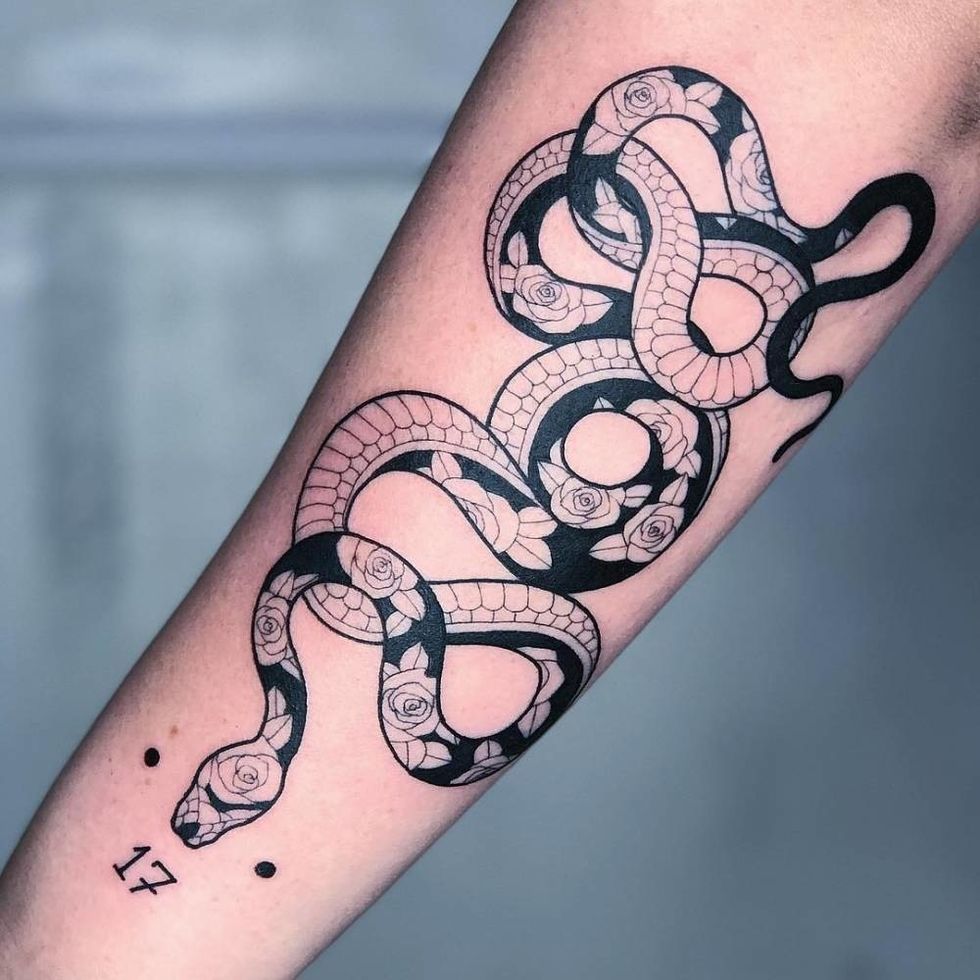 5 Tattoos Artist That Will Make You Want A Tattoo
5 Tattoos Artist That Will Make You Want A Tattoo woman biting pencil while sitting on chair in front of computer during daytimePhoto by
woman biting pencil while sitting on chair in front of computer during daytimePhoto by 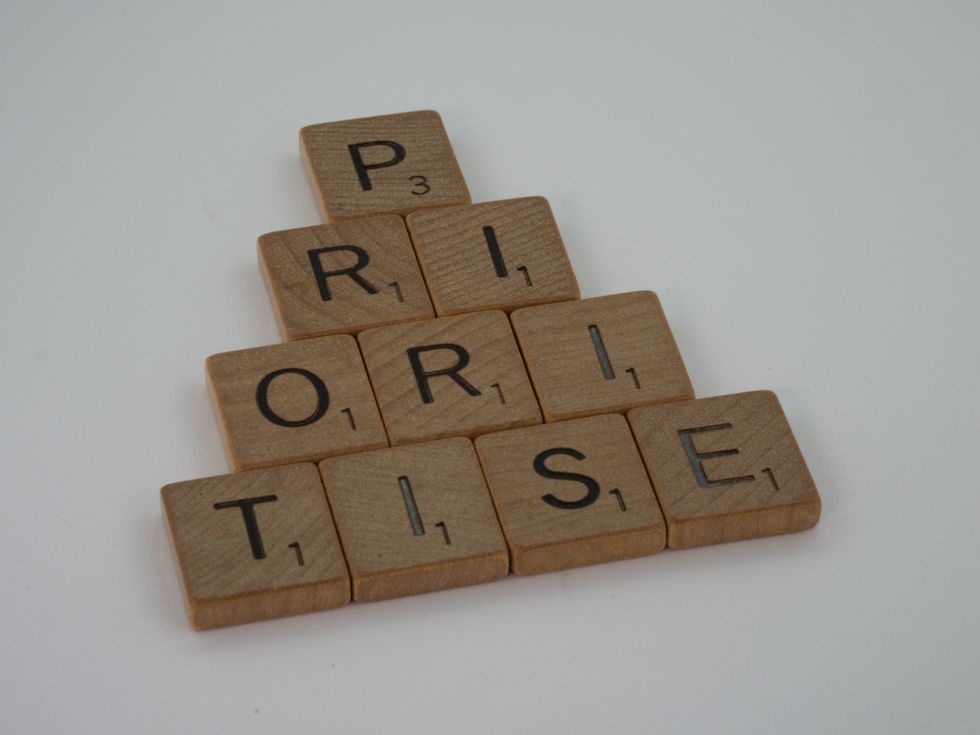 a scrabbled wooden block spelling the word prizePhoto by
a scrabbled wooden block spelling the word prizePhoto by 


